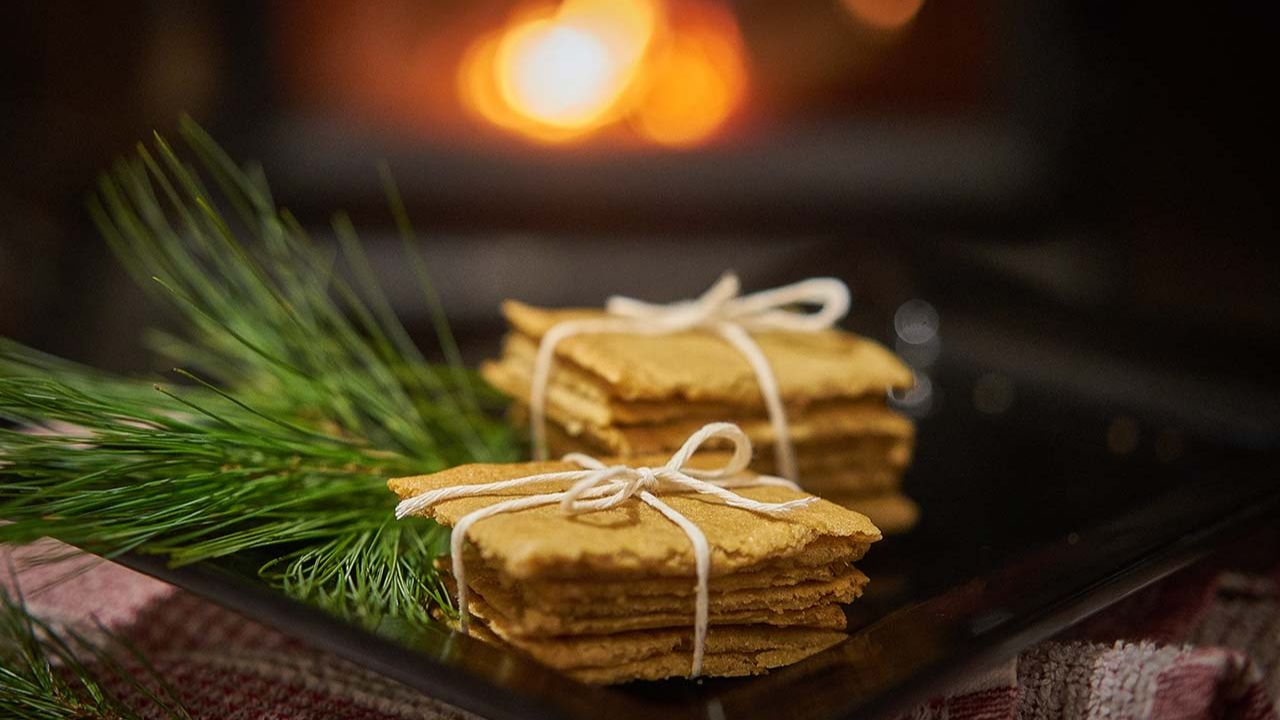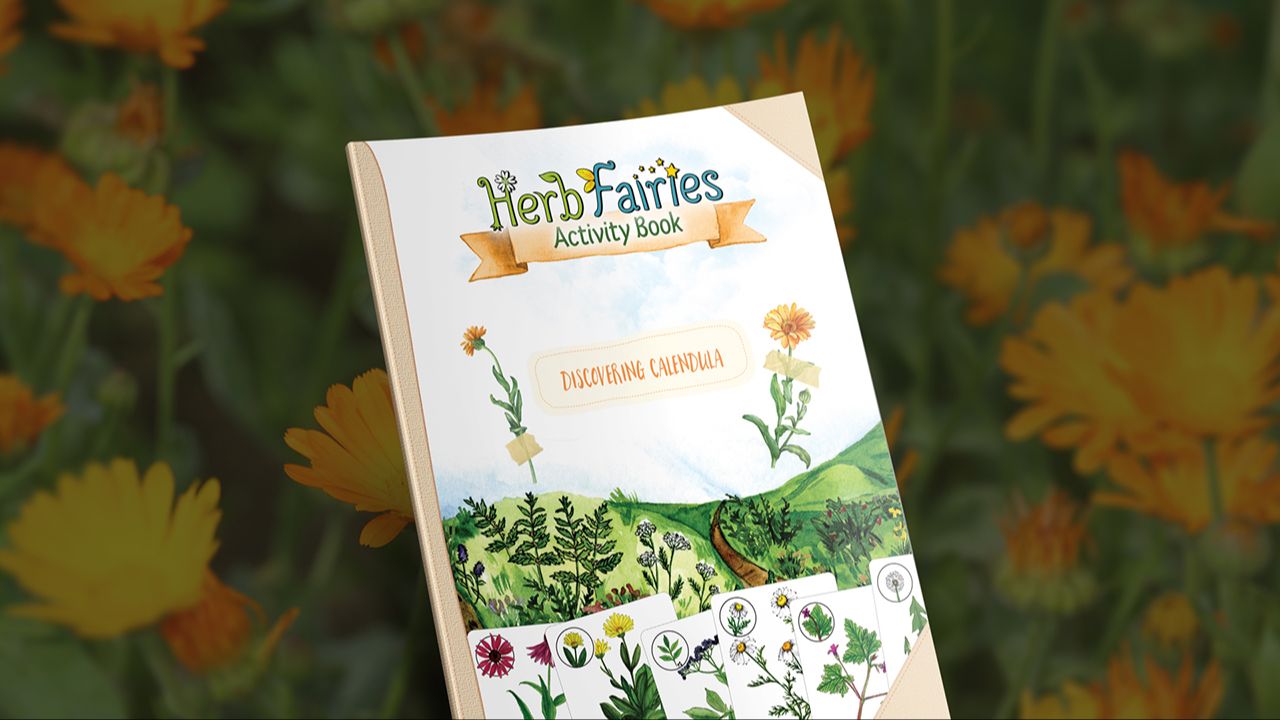
How to Make Balm of Gilead or Cottonwood Oil
Many people think you have to wait until spring to harvest herbs. It is in the middle of winter that I can make “balm of gilead” oil with one of my favorite botanical medicines, cottonwood buds.
If you have a cottonwood grove where you live, you know the amazing aroma the trees give off. The buds of the tree, which are available from fall to late winter, exude a resin that many call “balm of gilead.”
What I like to do is make a rich, luxurious balm of gilead oil with the buds.
Today, I went on an adventure to find some buds and make oil. I thought I’d take you along!
Collecting Cottonwood Buds
First, I went down to the local park, where there is a river. Often, you find cottonwoods (such as Populus balsamifera or P. trichocarpa for all you botanical types) growing along river banks. The roots love water. In western Washington State, where it is wet all over, you’ll find it growing in forests as well. In dryer areas, you’ll mostly find cottonwood growing by the river.
What I usually do is wait for a good windstorm. After a windstorm, I’ll find cottonwood branches, entire limbs, or even entire trees all along the riverbanks. If I was only making a small jar of oil, I could certainly pick the buds right of a live tree and put it right in my jar. However, being there are so many of these trees around me, I like to wait to gather buds from trees or branches that are no longer going to turn into spring leaves. In other words, downed branches, limbs and trees.
The colder the day, the better. Gathering too many of these buds can be quite a sticky situation! Native people made glue from the resin. If you do get resin on things you don’t want resin on, just use your leftover tincture-making vodka (from the Herbal Remedy Kit) to clean up when making balm of gilead.
Today I went down to the park and took some cottonwood photos along the river. You can get a good idea of what a large tree looks like and what the buds look like on the tree. Somewhere along the way I found a bunch of fallen branches that I collected buds from.

How to Make Balm of Gilead
|
 |
How to Use Balm of Gilead Oil
Well, you can apply it on your skin or make it into a salve.
I go way into herbal oils and salve making in the Herbal Remedy Kit. In fact, you’d make your salve the exact same way as you do in the kit. So, you’ll be an experienced home medicine maker for your first batch of cottonwood salve!

OH! Wait. You wanted to know what you should use balm of gilead or cottonwood for!
Well, besides smelling WONDERFUL (you need not add any other scents to your salves or oils when using cottonwood), you would use your oil/salve as an anti-inflammatory (it cools things down), antimicrobial (it kills really little things that can infect you), and it’s analgesic (calms the pain). It’s incredibly healing. It stimulates skin proliferation and more!
I use this balm of gilead just as much as the recipe I give you in the Herbal Remedy Kit. I ESPECIALLY love the oil for massage oil. It feels and smells sooooooo good.
Balm of gilead is such an easy herbal remedy to make that has so many uses.
I wanted to make sure I got this out to you before spring comes and the buds open. Where I live, that might happen soon. Spring is coming waaay too early. In early February bears are already coming out of hibernation.
Oh! Storage. If you collect lots of buds and want to store some, just freeze them. You can also dry them on a tray and keep them in an airtight jar out of direct sunlight. Freezing is better though.










